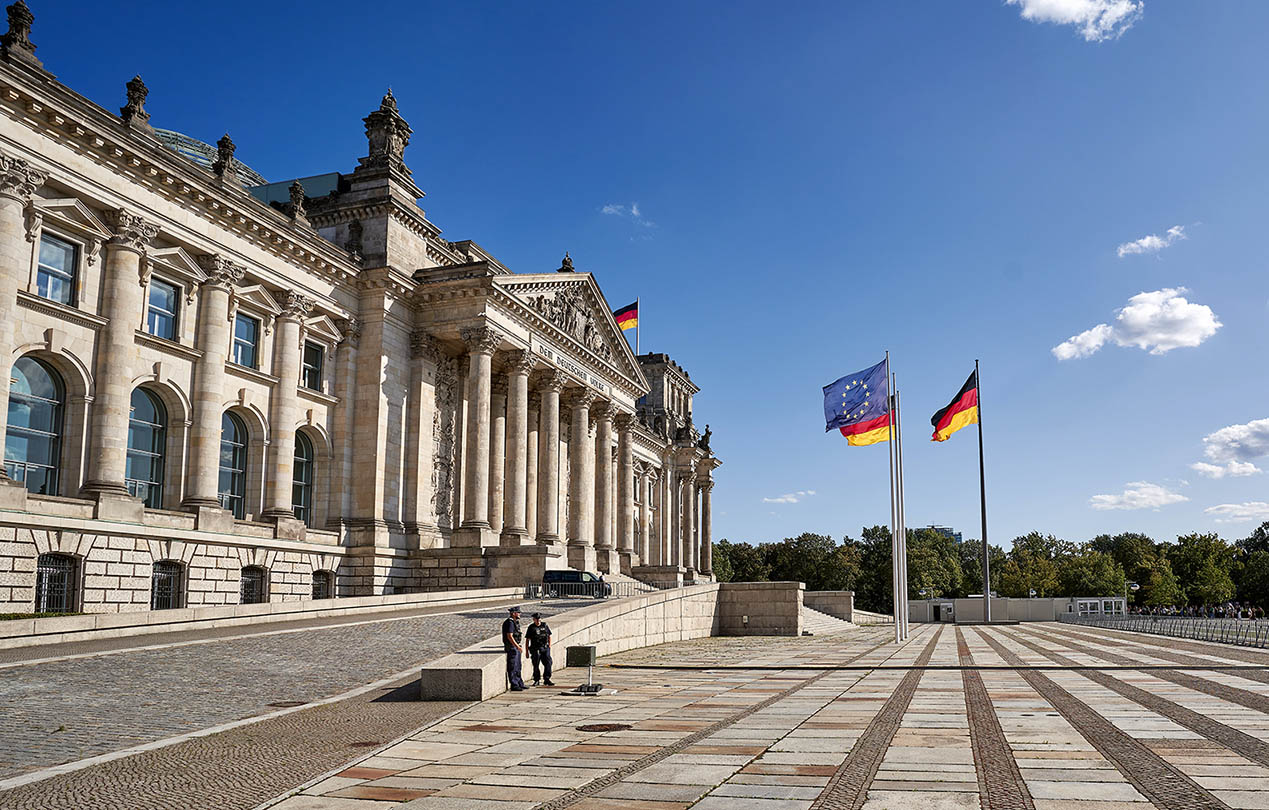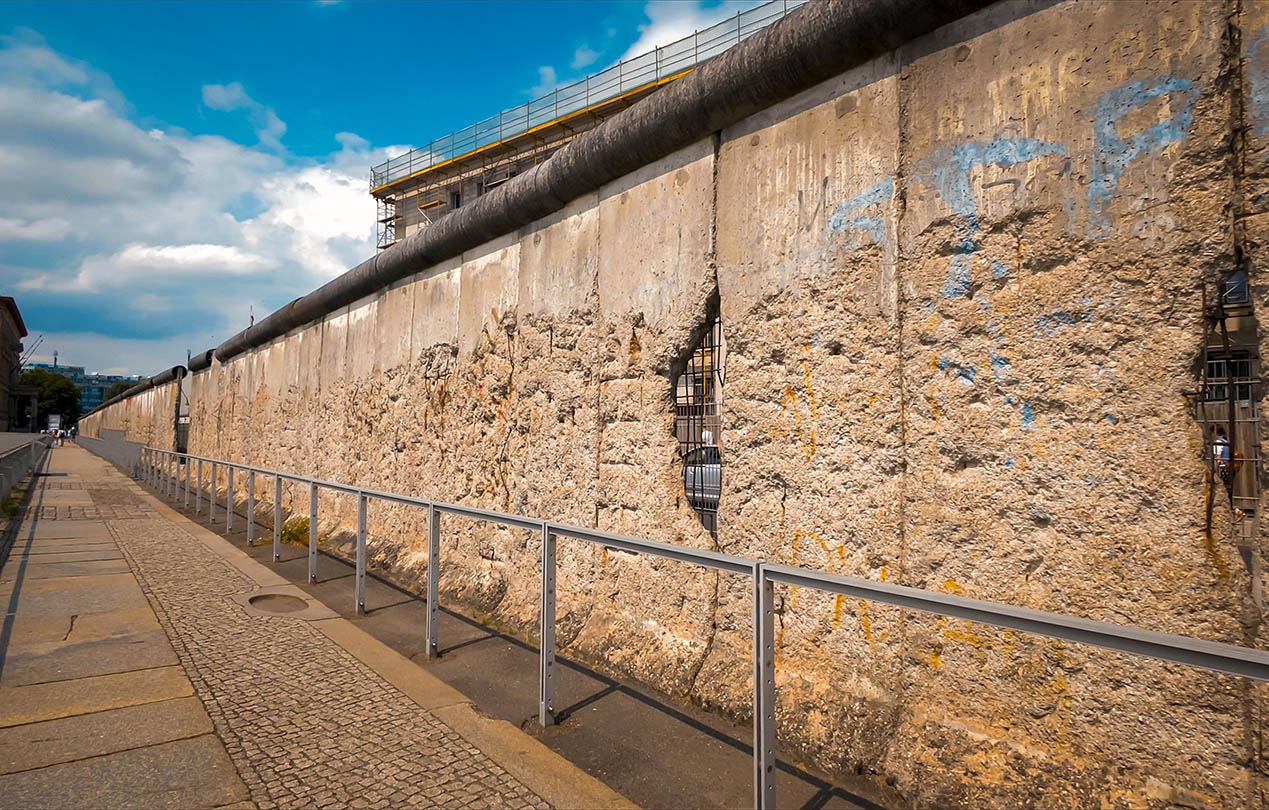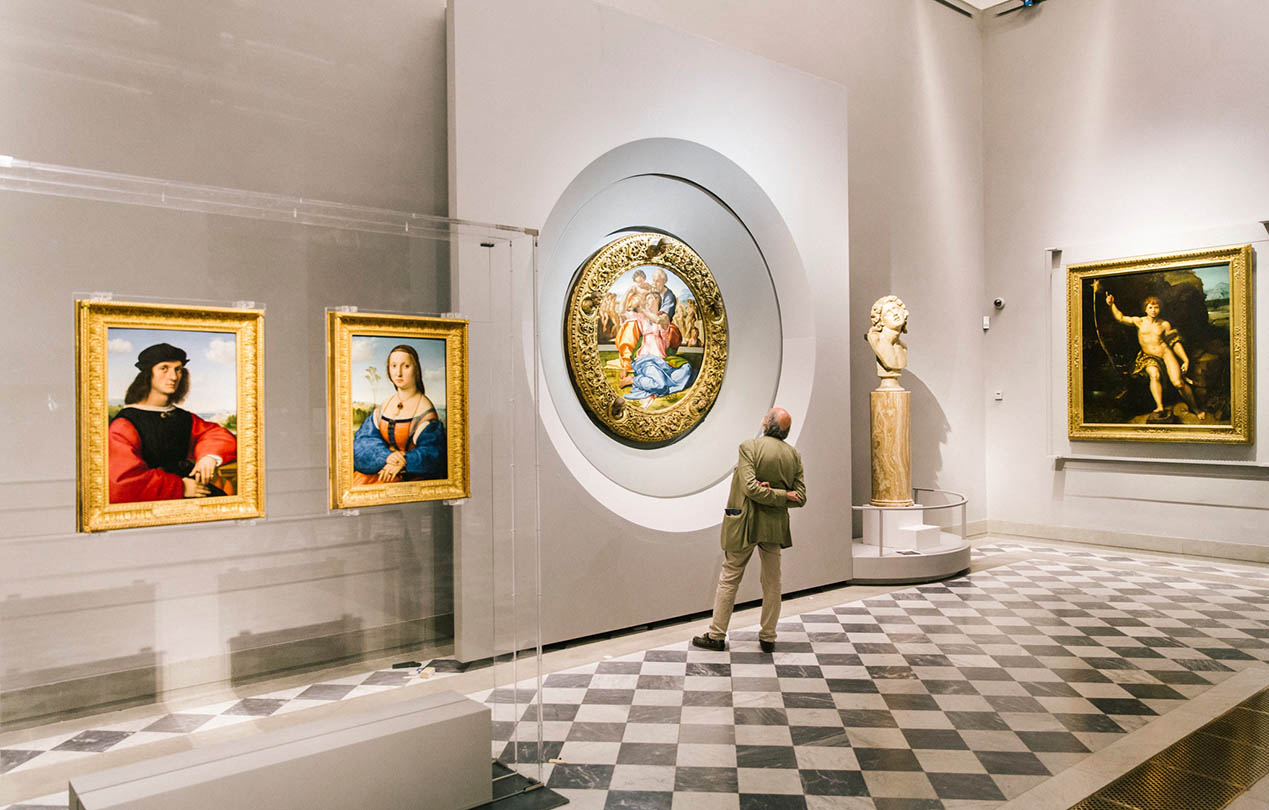Berlin, the capital of Germany, is a city brimming with rich history and a modern urban landscape. Having gone through wars, division, and reconstruction, Berlin’s landmark buildings bear witness to its deep historical background and cultural legacy. Whether you are a history lover or a fan of modern architecture, Berlin will leave a lasting impression. During my recent trip, I visited several iconic landmarks, each offering a unique glimpse into the city’s past and present. Today, I’m excited to share my exploration of these buildings that define Berlin’s historical and modern appeal.
1. Reichstag (German Parliament Building)
Time and Historical Background
As one of the most historically significant buildings in Berlin, the Reichstag has seen the rise and fall of Germany through two World Wars and the Cold War. It was the location of many crucial political events. The building has been a symbol of German democracy ever since it was restored and reopened after Germany’s reunification. The highlight of the Reichstag is its glass dome, symbolizing openness and modern German politics.
Tickets and Opening Times
Visiting the Reichstag is free, but it is recommended to book tickets online in advance. The entrance is usually open from 8 AM to 10 PM, with each visit taking about an hour. Tickets can be reserved on the official website.
Transportation
Getting to the Reichstag is quite easy by public transport. From Berlin’s city center, you can take the S-Bahn (S3, S5, S7, S9) to Berlin Central Station and walk about 5 minutes to the Reichstag. Alternatively, you can take the U-Bahn U55 line, which has a station directly at the Reichstag.
Details
The Reichstag’s most notable feature is its modern glass dome, which visitors can ascend to enjoy panoramic views of Berlin. From the top, you get a bird’s-eye view of the Brandenburg Gate, Potsdamer Platz, and the Berlin TV Tower. Inside the Reichstag, there’s also a museum that showcases the history of the German Parliament and its political significance.
2. Brandenburg Gate (Brandenburger Tor)
Time and Historical Background
The Brandenburg Gate is one of Berlin’s most iconic landmarks and is a symbol of Germany’s history. This neoclassical structure was built in the late 18th century and served as one of the city gates of Berlin. The Brandenburg Gate has witnessed many important historical moments, including the division and reunification of Germany during the Cold War. Today, it stands as a symbol of peace and unity.
Tickets and Opening Times
Visiting the Brandenburg Gate is completely free. The gate is open 24 hours a day, and you can visit it anytime without restrictions.
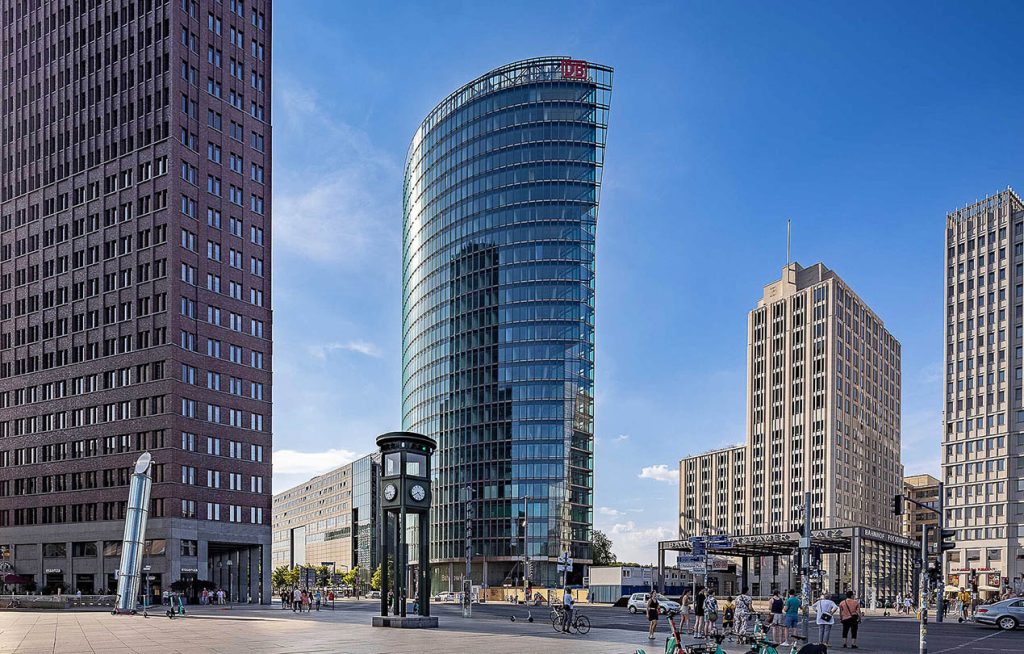
Transportation
The Brandenburg Gate is easily accessible from the city center. You can take the S-Bahn (S3, S5, S7, S9) to the Brandenburg Gate station, or take the U-Bahn U2 line to the “Unter den Linden” station and walk a few minutes to reach the gate.
Details
The Brandenburg Gate is made up of 12 Doric columns, showcasing the classical architectural style. It stands at the heart of Berlin and has been the scene of many important events. From the Brandenburg Gate, you can also see remnants of the Berlin Wall that once divided East and West Berlin. The sculpture atop the gate, symbolizing victory and peace, is one of the most recognizable features of Berlin.
3. Holocaust Memorial (Denkmal für die ermordeten Juden Europas)
Time and Historical Background
The Holocaust Memorial is dedicated to the memory of the Jewish victims of the Holocaust, commemorating the atrocities carried out by the Nazi regime during World War II. This poignant memorial consists of 2,711 irregularly shaped concrete slabs, designed by architect Peter Eisenman. The monument’s design reflects the complexity and emotional weight of this tragic chapter in history.
Tickets and Opening Times
The Holocaust Memorial is free to visit, and it is open to the public at all hours of the day and night. While there are no specific entry times, it’s advisable to visit during daylight to fully appreciate the scale and emotional impact of the memorial.
Transportation
The memorial is located near Brandenburg Gate, so it’s easy to visit on foot. It is a short 10-minute walk from the Brandenburg Gate station. The area is well-served by public transport, making it convenient for visitors.
Details
The Holocaust Memorial creates a deeply emotional atmosphere with its large, irregular concrete slabs. Walking through the maze-like structure, visitors feel an overwhelming sense of loss and reflection. The slabs are arranged in varying heights, creating an ever-changing perspective as you walk through the memorial. It’s a somber, yet deeply moving experience.
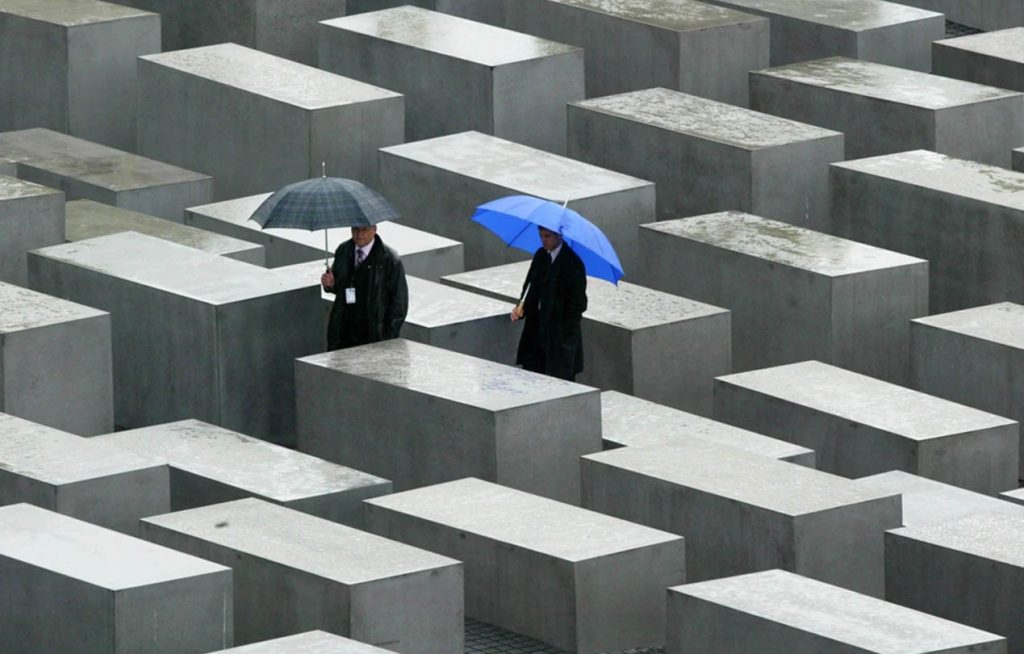
4. Potsdamer Platz
Time and Historical Background
Potsdamer Platz is one of the most modern and bustling squares in Berlin, representing the city’s post-reunification recovery and vibrant commercial center. During the Cold War, Potsdamer Platz was located along the border between East and West Berlin. Today, it’s home to a variety of modern skyscrapers, shopping centers, cinemas, and entertainment venues. The square is an important symbol of Berlin’s rejuvenation, combining modern development with historical significance.
Tickets and Opening Times
Potsdamer Platz is an open public space, so it’s free to visit at any time. Most of the shopping centers and entertainment venues around the square typically open from 10 AM to 10 PM.
Transportation
Potsdamer Platz is one of the most accessible locations in Berlin. You can take the S-Bahn (S1, S2, S3, S5, S7) or the U-Bahn (U2) to Potsdamer Platz. Several bus routes also stop nearby, making it easy to get there from anywhere in the city.
Details
Potsdamer Platz is a hub of modernity, filled with cutting-edge architecture, including some of Berlin’s tallest and most futuristic buildings. The square is surrounded by shopping malls, restaurants, and entertainment venues, making it the perfect place to experience Berlin’s urban vibe. Visitors can shop, dine, or even watch a movie at one of the local cinemas.
The landmarks of Berlin are more than just architectural feats; they are symbols of the city’s rich and complex history. From the solemnity of the Reichstag to the symbol of unity at Brandenburg Gate, from the thought-provoking Holocaust Memorial to the modernity of Potsdamer Platz, each site offers a unique glimpse into Berlin’s past and present. If you’re planning a trip to Berlin, be sure to include these landmarks on your itinerary. They are not just tourist spots but crucial pieces of a vibrant, ever-evolving city.
